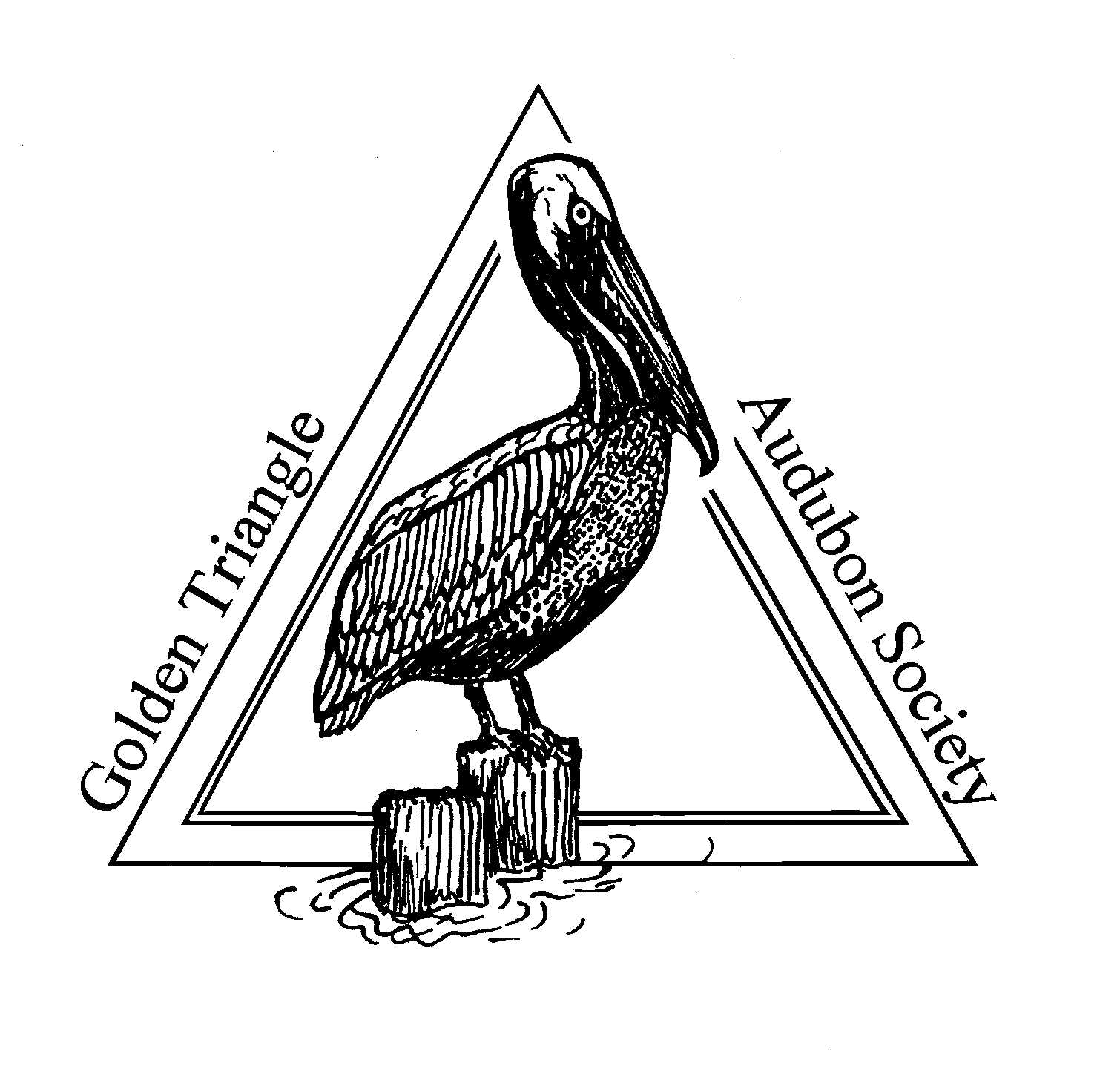|
February Meeting
Report
The Golden Triangle Audubon membership meeting held on Thursday, February
17, 2000, started off with a great social time and gumbo provided by Pat
and Don Jeane. It was very good! Thanks to everyone that brought refreshments.
Charles Post was our speaker that night. Don and I met Charles
and Jackie when we attended our first Lower Trinity Valley Bird Club meeting
several years ago. I believe Charles was serving a two-year term as president
at that time and he is a charter member of the club. For as long as we’ve
known Charles he has shown a special interest in bluebirds.
Charles presented a wonderful slide show program entitled “On
the Road to Recovery”. Because of the efforts of many people putting
up bluebird boxes and maintaining bluebird trails, it appears that the
bluebird is making a comeback. There are three species of bluebirds that
live in North America: Eastern, Western and Mountain. Check your field
guides out for the differences in the three species and their ranges if
you are not familiar with them. Bluebirds are secondary cavity nesters,
making their nests in old woodpecker holes, holes in old dead trees and
manmade nest boxes. Charles has maintained a Bluebird trail since 1989,
monitoring Bluebird trail since 1989, monitoring 50 to 60 boxes in
and around Liberty. With grant funds, several members
of the Lower Trinity Valley Bird Club built 115 boxes that Charles coordinates
the monitoring of each year. The monitoring results are sent to the North
American Bluebird Society, which Charles is a member, and contributes to
their nest-monitoring program.
Charles provided very good information concerning bluebird history,
habitat, mating, eating, nesting, pests and predators, banding and monitoring
boxes. Bluebird boxes are not only just for bluebirds but several other
welcomed birds could use the boxes. These include tree swallows, chickadees,
titmouse, wrens, White-breasted Nuthatches, and flycatchers. Besides providing
bluebird boxes, you might attract bluebirds to your yard by providing water.
Charles’ last slide was the sun setting on a bluebird box; but hopefully
by continuing to put up bluebird boxes we will continue to have more and
more bluebirds and the sun will never set on the last bluebird.
Charles, thank you so much for sharing with us your slides, interest
and knowledge about bluebirds. Don and I are very lucky to have bluebirds
in our neighborhood. We have had bluebirds at our birdbath and hopefully
one day we will have some nesters. There was very good attendance and participation
at this meeting and I hope to see everyone again on Thursday, March 16,
2000.
Nancy Fisher
|

